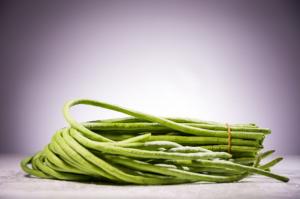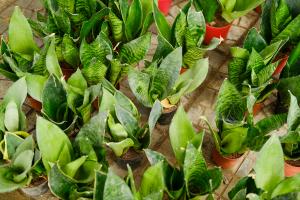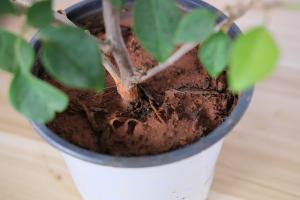Are Self-Watering Pots Good for Indoor Plants?
Indoor plants can spruce up any indoor environment. They help purify the air and add a touch of nature to your living space. However, keeping indoor plants alive and healthy can pose a challenge, especially for those with busy schedules or limited experience with plant care. One solution to this problem is using self-watering pots. But are self-watering pots good for indoor plants? Let's find out.
What are Self-Watering Pots?
Self-watering pots, also known as sub-irrigation planters, are containers that have a built-in reservoir for water. The container provides a barrier between the soil and the water, preventing the roots from sitting in a waterlogged environment. A wicking medium, usually made of fabric or rope, connects the water reservoir to the soil. Over time, the soil absorbs the water as the plant needs it, keeping the soil consistently moist without overwatering or underwatering the plant.
The Pros of Self-Watering Pots
Self-watering pots offer several benefits for indoor plants. First, they provide a consistent supply of water to the plant, reducing the risk of both overwatering and underwatering. This consistency can be particularly beneficial for plants that prefer moist soil, such as ferns and peace lilies.
Second, self-watering pots can save time and effort. With traditional pots, you need to water your plants frequently, and depending on the pot's size and location, this can be a messy or time-consuming task. With self-watering pots, you can fill the reservoir and let the plant do the rest of the work. This feature can be particularly valuable for busy people or those who travel frequently.
Third, self-watering pots can prevent root rot, a common problem for indoor plants. When plants sit in water for too long, the roots can become too wet, leading to root rot, a fungal disease that can kill the plant. Self-watering pots can prevent this problem by providing water in a controlled way, reducing the risk of waterlogging.
The Cons of Self-Watering Pots
While self-watering pots offer many advantages, they also have some downsides. First, they can be more expensive than traditional pots. The extra features included in self-watering pots, such as the reservoir and the wicking medium, can add to the cost.
Second, self-watering pots can be challenging to refill. Depending on the size of the pot and the location of the reservoir, it may be difficult to refill without spilling water or disturbing the plants.
Third, self-watering pots may not be suitable for all plants. Some plants prefer well-drained soil and can suffer in a consistently moist environment. It's essential to research the specific needs of your plants before deciding to use a self-watering pot.
Conclusion
In conclusion, self-watering pots can be an excellent choice for indoor plant enthusiasts, particularly for those who have busy schedules or limited experience with plant care. They offer consistent moisture, time-saving convenience, and prevent root rot. However, they can be more expensive than traditional pots, challenging to refill, and not suitable for all plants. Ultimately, the decision to use a self-watering pot depends on personal preferences, the specific needs of the plants, and the level of maintenance required.

 how many times do yo...
how many times do yo... how many planted tre...
how many planted tre... how many pine trees ...
how many pine trees ... how many pecan trees...
how many pecan trees... how many plants comp...
how many plants comp... how many plants can ...
how many plants can ... how many plants and ...
how many plants and ... how many pepper plan...
how many pepper plan...
































